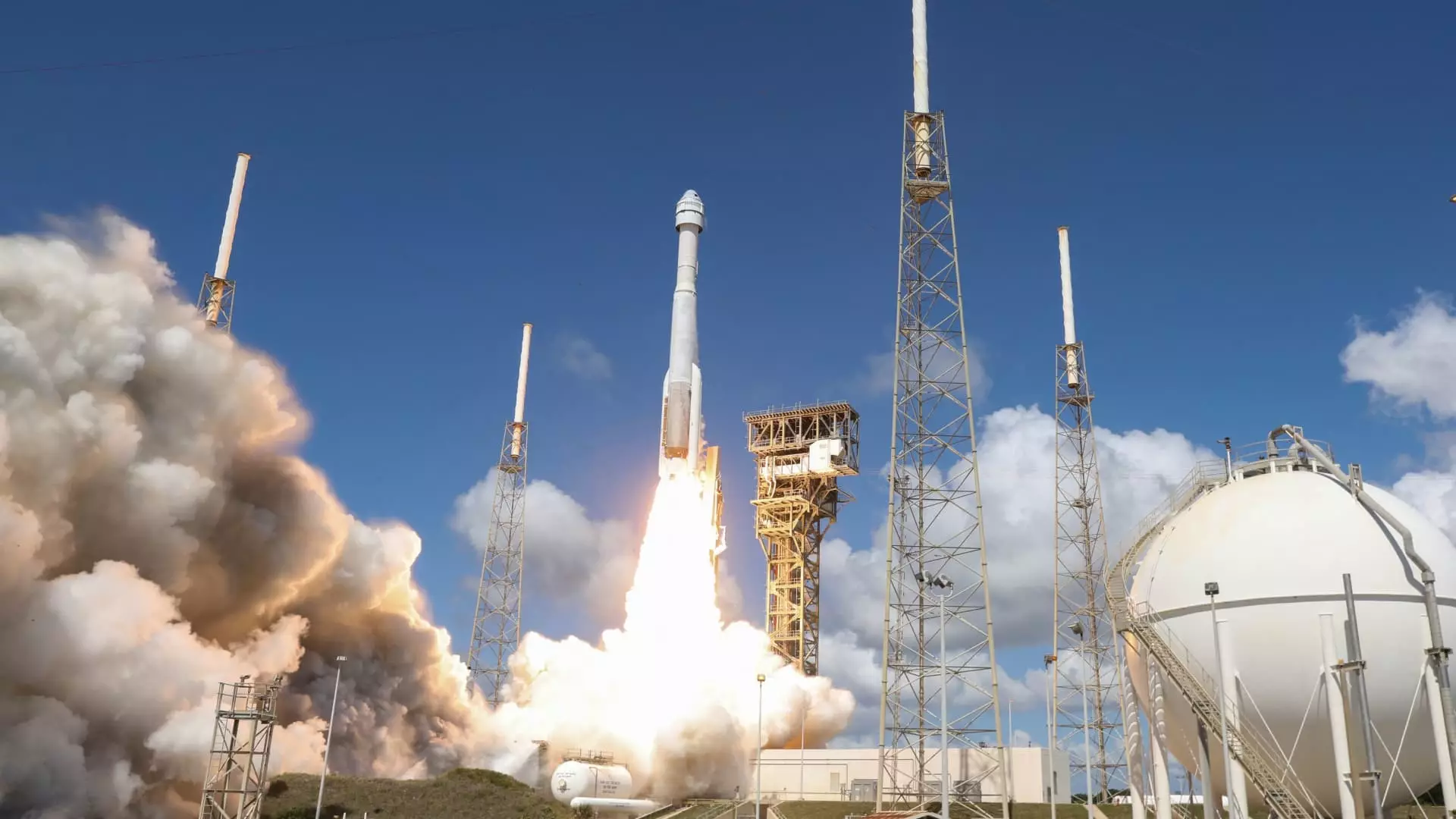Boeing’s Starliner was introduced as a human-grade space capsule aimed at transporting astronauts to and from the International Space Station. This initiative was part of NASA’s Commercial Crew Program, where Boeing signed a $4.2 billion contract in 2014, alongside SpaceX, which received $2.6 billion for its Crew Dragon capsule development.
Caleb Henry, director of research at Quilty Space, highlighted the significance of the Commercial Crew Program, emphasizing how NASA shifted its reliance from internal engineering to the private sector. Despite this progressive approach, Boeing has faced difficulties in meeting its contractual obligations with NASA over the years. The company encountered delays and cost overruns, with $1.5 billion being spent on covering these setbacks out of the almost $5 billion received for Starliner’s development.
Congress initially expressed skepticism towards the involvement of private entities in space missions, with reservations about this new approach. However, the entry of Boeing into the competition played a crucial role in garnering confidence from Congress and, subsequently, NASA to proceed with the program. Boeing’s participation was seen as a validation of the partnership between government agencies and private companies in advancing space exploration.
Boeing recently conducted its final test, a crewed mission, which is pivotal for obtaining certification from NASA to begin operational flights. In contrast, SpaceX has already completed numerous successful crewed missions since 2020, solidifying its position as a reliable partner for NASA. The disparity between Boeing’s progress and SpaceX’s achievements underscores the challenges faced by Boeing in meeting the demands of the Commercial Crew Program.
The journey of Boeing’s Starliner in the Commercial Crew Program has been fraught with obstacles, including delays, cost overruns, and performance issues. Despite the initial promise shown by the collaboration between Boeing and NASA, the company has struggled to deliver on its commitments. Moving forward, Boeing will need to address these challenges effectively to maintain its position as a key player in human spaceflight missions.


Leave a Reply